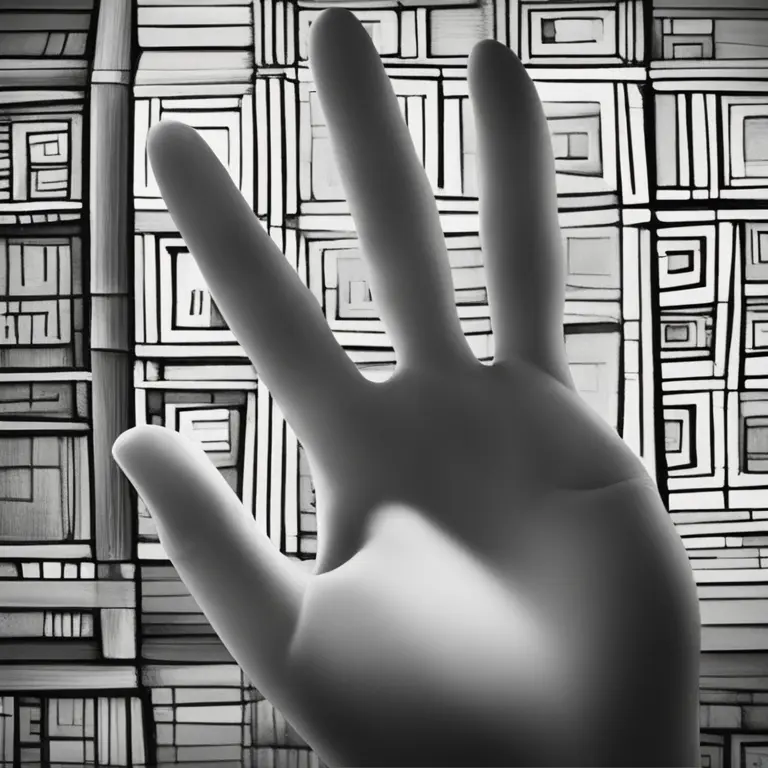
Choosing the Right Hand for Palmistry Readings
Discover which hand holds the key to your personality and future in palmistry and how to interpret its secrets.
article by Nora Pennington
Introduction to Palmistry's Hand Selection
Palmistry, the ancient art of hand reading, offers insight into one's personality and potential future events. A common question that arises is: Which hand should one use for a palmistry reading? In this article, we'll delve into the significance of the right and left hand in palmistry, and how to determine which hand to examine for a thorough understanding of an individual's life path.

The Dominant Hand: A Reflection of Your Present and Future
Traditionally, palmists consider the dominant hand, or the one you use most frequently, as the most telling when it comes to current life events and future possibilities. This is the hand of conscious action, reflecting personal endeavors and the impact of your choices. If you're right-handed, your right hand represents the active, outgoing aspects of your character and what you are working to achieve.

The Non-Dominant Hand: A Glimpse Into your Potential
In contrast, the non-dominant hand is thought to represent inherited traits, latent talents, and the past. This hand holds the key to who you were before you were shaped by the world, including your genetic or family influences. For a richer understanding, considering the non-dominant hand's lines and features can provide context and depth to a reading, offering a more holistic view of an individual's journey.

The Role of Both Hands in Palmistry
For a comprehensive reading, experienced palmists study both hands. The left hand sets the stage, outlining your predispositions. The right hand then tells the story of how you've navigated life's waters with those tools. By comparing both hands, one can observe the evolution of personal traits and life patterns, seeing how potential has developed into action and experience.
Modern Palmistry Practices for Hand Selection
In contemporary palmistry, some practitioners expand their hand reading approach to incorporate individual preference or intuition. While traditional rules apply, modern palmists may choose to start with the non-dominant hand to form an initial personality profile before moving on to the dominant hand, considering both the static and dynamic aspects of a person's life.
Understanding Ambidextrous Individuals in Palmistry
Ambidexterity poses an interesting conundrum in palmistry. For individuals who have equal use of both hands, insights can be gleaned by observing which hand is used for more emotion-driven or creative tasks versus rational, everyday activities. Each hand, in this case, might offer a unique perspective into the balance of the mind and emotions at play.
Starting Your Palmistry Journey
If you're a beginner to palm reading, start by observing both hands. Note their similarities and differences before delving deeper. With practice, you will develop an intuition for when to emphasize the dominant or non-dominant hand, tailoring readings to the unique narrative each person carries within their palms. Remember that, ultimately, palmistry is a nuanced art informed by the synthesizing of myriad markers on both hands.
Published: 1/11/2024
Modified: 1/12/2024
More predictions
Come back here soon to learn more about yourself and your future


The Essence of Palmistry: Interpreting Lines and Shapes
Delve into the world of palmistry to discover the meanings behind the lines and shapes etched into the palms of your hands.


The Efficacy of Palmistry: Real Insight or Fancy?
Delve into the validity of palmistry as a form of divination. Is there a truth behind the lines on our palms, or is it just a charming fancy?


Palmistry: The Historical Overview
Delve into the dawn of palmistry and trace its journey through the corridors of time, uncovering the roots of this ancient practice.